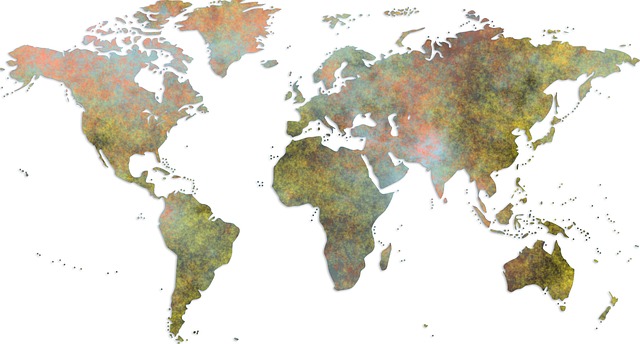An estimated 20 million people in southern Africa are facing what the United Nations calls “acute hunger” as one of the worst droughts in more than four decades shrivels crops, decimates livestock and, after years of rising food prices brought on by pandemic and war, spikes the price of corn, the region’s staple crop.
Malawi, Zambia and Zimbabwe have all declared national emergencies.
It is a bitter foretaste of what a warming climate is projected to bring to a region that’s likely to be acutely affected by climate change, though scientists said on Thursday that the current drought is more driven by the natural weather cycle known as El Niño than by global warming.
Its effects are all the more punishing because in the past few years the region had been hit by cyclones, unusually heavy rains and a widening outbreak of cholera.
‘Urgent help’ is needed
The rains this year began late and were lower than average. In February, when crops need it most, parts of Zimbabwe, Zambia, Malawi, Angola, Mozambique and Botswana received a fifth of the typical rainfall.
That’s devastating for these largely agrarian countries, where farmers rely entirely on the rains.
In southern Malawi, in a district called Chikwawa, some residents were wading into a river rife with crocodiles to collect a wild tuber known as nyika to curb their hunger. “My area needs urgent help,” the local leader, who identified himself as Chief Chimombo, said.
Elsewhere, cattle in search of water walked into fields still muddy from last year’s heavy rains, only to get stuck, said Chikondi Chabvuta, a Malawi-based aid worker with CARE, the international relief organization. Thousands of cattle deaths have been reported in the region, according to the group.
Thank you for your patience while we verify access. If you are in Reader mode please exit and log into your Times account, or subscribe for all of The Times.
Thank you for your patience while we verify access.
Already a subscriber? Log in.
Want all of The Times? Subscribe.

